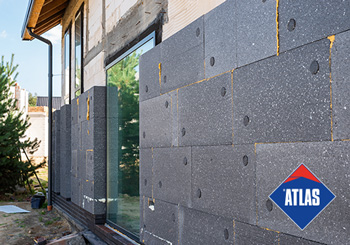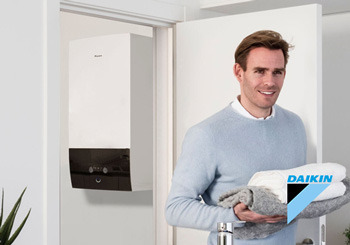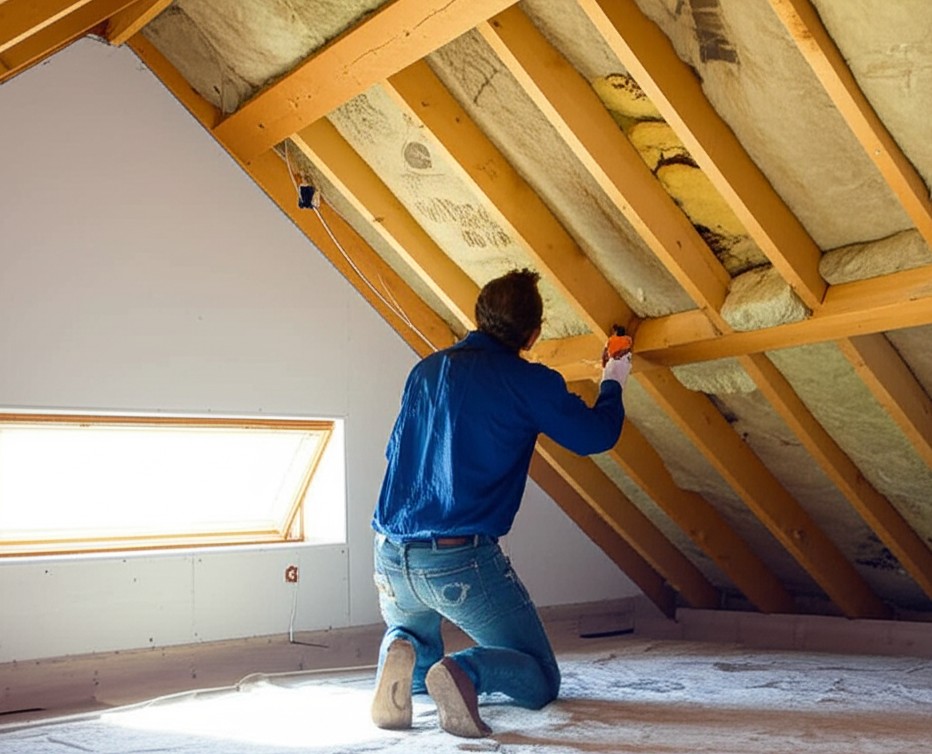As energy prices remain high across the UK, households are actively looking for alternatives to cut down on utility costs without compromising on their comfort. Enhancing your home’s insulation is one of the most reliable ways to boost energy efficiency and reduce heat loss. A well-insulated home retains heat more efficiently, reducing the need for constant heating during winter and excessive cooling during summer.
Insulation also contributes to a more sustainable lifestyle by reducing overall energy consumption of homes or businesses. There are always many ways to boost the insulation of your home and keep your energy bills in check. Let’s explore ten essential insulation tips to help you create a warmer and a more energy-efficient home.
1. Insulate Your Loft or Attic
Heat rises and that means your home can lose up to a quarter of its warmth through the roof if the loft or attic is not properly insulated. Adding insulation in your loft is a smart investment that pays for itself over time. Proper loft insulation can last for decades and helps you significantly reduce heating costs.
2. Upgrade Wall Insulation
Wall insulation is one such upgrade you can opt for if your property has cavity walls, insulating them involves injecting with insulating materials into the gaps. Homes with solid walls will require internal or external wall insulation. It can transform your home’s energy performance and also enhance the exterior or interior appearance depending on the method used.
3. Seal Gaps Around Windows and Doors
Small gaps around windows and external doors might seem insignificant, but they can allow cold air in and warm air out which can result in draughts and increased energy use. Draught-proofing is a simple task that involves fitting foam strips, brush seals, or draught excluders. Minor gaps like those around letterboxes, keyholes, and cat flaps can allow cold air to seep in, reducing your home’s overall warmth. Sealing these spots helps maintain a steady indoor temperature and reduces the pressure on your heating system.
4. Use Thermal Curtains or Blinds
Windows are a major source of heat loss. Installing thick curtains with thermal lining or energy-efficient blinds helps trap warm air indoors during the winter and reflect heat away in summer. Keep them open during sunny days to allow natural warmth in and close them just before sunset to retain the heat. Combining glazing upgrades with thermal window treatments offers even better results.
5. Insulate Floors Properly
Homes with timber flooring, particularly older properties, often suffer from cold air creeping in through floorboards. Insulating under suspended wooden floors with mineral wool or spray foam or rigid insulation boards can help significantly reduce this issue. Concrete floors can be insulated by installing rigid boards beneath the surface, or with thermal underlay if a full reflooring is not an option. Even placing thick rugs or carpets over exposed floors can boost insulation and add a warmer, more comfortable feel to the space.
6. Don’t Forget the Loft Hatch
A well-insulated loft won’t be fully effective if the loft hatch is overlooked. Installing an insulation cover or sealing the hatch edges with foam or rubber draught strips can help prevent warm air from escaping. For added efficiency, you can attach a layer of insulation board to the hatch itself to reduce heat loss. 7. Lag Pipes and Hot Water Cylinders
Pipe insulation which is also known as pipe lagging also reduces heat loss from hot water pipes and prevents them from freezing during the cold weather. Similarly, insulating your hot water cylinder with a jacket helps retain heat and cuts down the amount of energy required to keep your water warm.
8. Use Rugs and Carpets on Bare Floors
Rugs provide an effective insulating layer in rooms with tiled or wooden floors, reducing heat loss through the surface and keeping the space warmer. They also feel warmer underfoot, adding comfort alongside energy savings. In addition to improving insulation, rugs offer decorative benefits that can elevate the aesthetic of any room.
9. Install Insulated Doors
If your home has older external doors, chances are they are not energy efficient. Upgrading to a modern, and insulated door, often made from composite or uPVC materials can prevent draughts and improve overall thermal performance.
10. Consider Professional Home Insulation Assessment
While DIY improvements are great, a professional energy efficiency assessment can identify issues you might overlook. From hidden air leaks to poorly insulated cavities, experts like Infinity use tools to highlight cold zones and suggest effective upgrades.
Infinity: Supporting Smarter Energy Choices
When it comes to improving home energy efficiency, Infinity offers more than just solar panel solutions. We provide expert support on how to make your home as energy-smart as possible including guidance on insulation upgrades.
We take a comprehensive approach to help our customers maximise savings by combining renewable energy with essential improvements like loft insulation and efficient heating systems. With years of experience in the UK energy market, Infinity understands what works best for different types of properties.
Whether you are planning a full retrofit or small-scale upgrades, we are your trusted specialists ready to assist at every step.
Conclusion
Insulating your home properly is one of the most effective ways to reduce your energy bills, increase comfort, and lower your environmental impact. Whether it’s a quick fix like sealing draughts or a major upgrade like wall insulation, every step you take leads to long-term savings.
Infinity is committed to helping UK homeowners reduce energy costs through smart, sustainable solutions. We combine technical knowledge with practical advice to deliver real results. Get in touch today and start creating a warmer and more energy-efficient home with help from the professionals you can trust.







